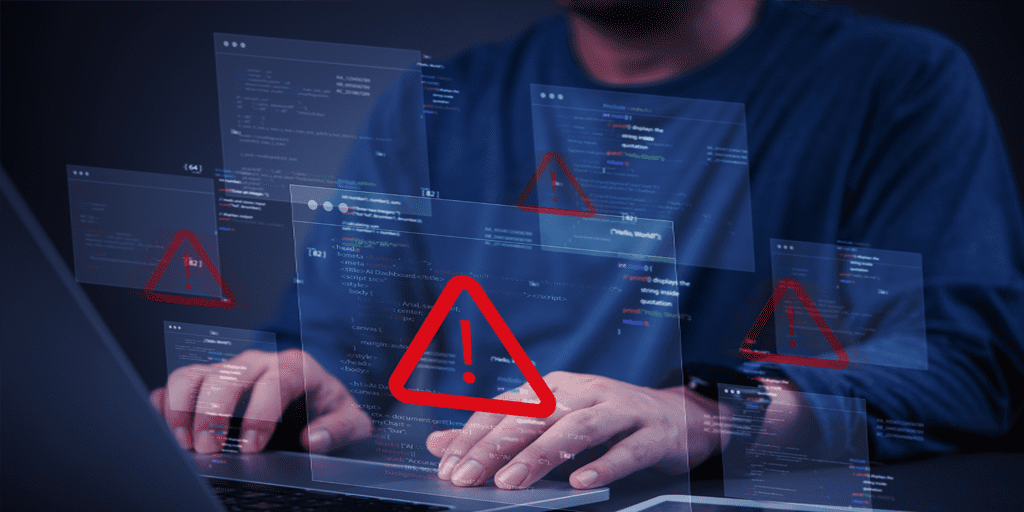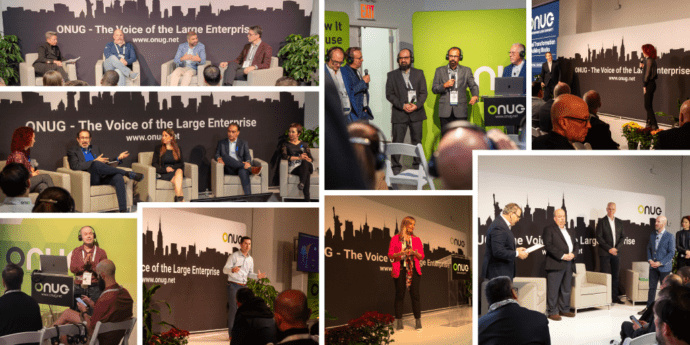
Why It’s Time to Get Proactive About IT Problems—Before They Break Your Business
In today’s digital-first world, the question for IT leaders isn’t if problems will arise—it’s how early you can spot them, and how fast you can resolve them. Yet despite massive investments in observability, ticketing platforms, AIOps solutions and automation, too many organizations remain stuck in firefighting mode—managing symptoms instead of solving root causes.
It’s time to break the reactive cycle. With Cognitive AI Learning, IT teams can proactively identify and resolve recurring issues before they impact services.
From Reactive Chaos to Proactive Control
The traditional model of problem management is reactive by design. Issues are identified after incidents occur. Teams investigate postmortems, write up RCA reports, and try to fix things before the next wave hits. But as infrastructure grows more complex and alerts multiply by the thousands, this approach is unsustainable.
Proactive Problem Identification turns that model on its head. Rather than waiting for outages or complaints, it uses AI to analyze historical patterns, real-time telemetry, and system behavior to predict recurring issues before they impact services.
This isn’t predictive alerting in the shallow sense. It’s a complete rethink of problem management—automated, intelligent, and continuously improving.
Intelligence Where You Need It—Not Just in Dashboards
What makes proactive problem identification different from traditional monitoring tools or ITSM reports is its ability to embed intelligence directly into operational workflows.
AI-driven summaries, like those generated by GrokGuru, deliver clear explanations and recommended actions in natural language. Low-code automation tools, like GrokFix, enable repeatable resolution without scripting. And alert compression techniques help surface the real root causes—not just a swarm of symptoms.
The result? Teams move faster, even with fewer resources—and can focus on improving service reliability, not just maintaining it.
Closing the Gap Between IT Operations and ITSM
Siloed teams are another barrier to proactive problem-solving. IT operations teams are drowning in alerts, while ITSM leaders often struggle to extract value from underutilized platforms. Gartner estimates that I&O leaders will overspend by $2 billion on unused ITSM features by 2026.
A proactive approach helps bridge that gap. By enriching tickets and knowledge systems with contextual insights—and automating recurring fixes—organizations can reduce MTTR, improve service quality, and finally unlock the ROI of their existing tools.
The Future of IT Ops Is Self-Healing—and It Starts Here
Self-healing IT operations isn’t a far-off dream. It starts with identifying the problems that keep coming back and eliminating them at the root. It starts with transparency, AI you can trust, and automation that fits your environment—not the other way around.
Proactive problem identification is more than a feature. It’s a strategic capability that forward-looking IT leaders are already embracing to drive agility, resilience, and transformation.


